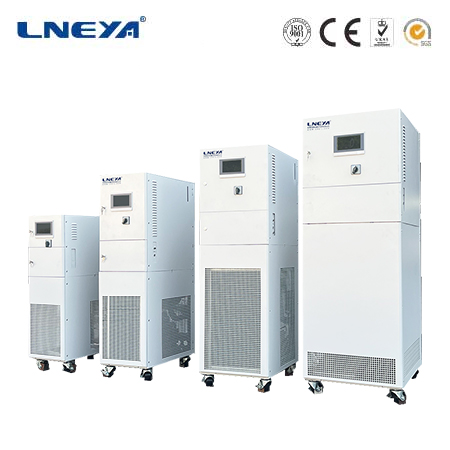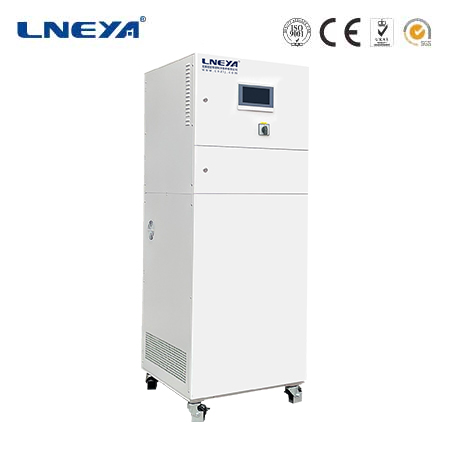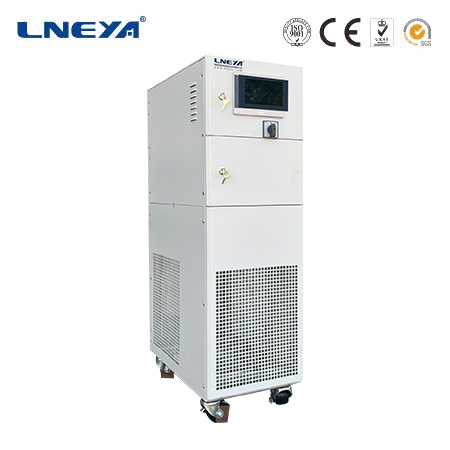thermal chamber testing procedure
Introduction to Thermal Chamber Testing Procedure
Thermal chamber testing is a critical process used to evaluate the performance and reliability of materials, components, and products when exposed to controlled temperature environments. This testing procedure is essential for ensuring the quality and durability of items that will be used in various temperature conditions.

Purpose of Thermal Chamber Testing
Thermal chamber testing is conducted to:
Assess Material Performance: Determine how materials react to temperature changes.
Ensure Product Reliability: Verify that products can withstand expected temperature fluctuations.
Compliance Verification: Ensure products meet industry standards and regulations.
Equipment Used in Thermal Chamber Testing
The equipment used in thermal chamber testing includes:
Thermal Chambers: These are controlled environments that can achieve and maintain specific temperature conditions.
Temperature Sensors: Used to monitor and record the temperature within the chamber.
Data Loggers: Devices that record temperature data over time.
Thermal Chamber Testing Procedure

The procedure typically involves the following steps:
Preparation: Samples are prepared and placed in the chamber.
Temperature Regulation: The chamber is set to the desired temperature profile.
Testing: The samples are subjected to the temperature conditions for a specified duration.
Monitoring: Temperature and other relevant parameters are continuously monitored.
Data Analysis: The collected data is analyzed to evaluate the performance of the samples.
Applications of Thermal Chamber Testing
Thermal chamber testing is used in various industries, including:
Automotive: To test the performance of car components under extreme temperatures.
Electronics: For evaluating the reliability of electronic devices in temperature-controlled environments.
Aerospace: To ensure materials and systems can withstand the temperature extremes encountered in flight.
Importance of Standardized Testing Procedures

Adhering to standardized testing procedures is crucial for:
Consistency: Ensuring that tests are conducted uniformly across different batches and laboratories.
Accuracy: Minimizing errors and ensuring that results are reliable and reproducible.
Compliance: Meeting the requirements of regulatory bodies and industry standards.
Maintenance and Calibration
Regular maintenance and calibration of thermal chambers and associated equipment are essential to ensure the accuracy and reliability of test results.
Environmental Considerations
Thermal chamber testing contributes to environmental sustainability by helping to develop materials and products that perform efficiently in various temperature conditions, reducing energy consumption.
Conclusion
Thermal chamber testing is an essential procedure for assessing the thermal endurance of materials and products. By understanding the purpose, procedure, and applications of this testing, industries can ensure the quality and reliability of their products. The use of standardized testing procedures and regular maintenance of equipment ensures that thermal chamber testing remains a precise and valuable tool in product development and quality assurance.
Related recommendations
40 ton air cooled chiller
301Working PrincipleThe 40 ton air cooled chiller operates on the vapor-compression refrigeration cycle, which involves four main stages:Compression: The compressor takes in low-pressure, low-tempe...
View detailssmall chiller plant
725Small Chiller Plant: Selection and Efficiency A small chiller plant is an essential component of heating, ventilation, and air conditioning (HVAC) systems, particularly where precise temperatur...
View detailsliquid chillers portable units
561Introduction to Portable Liquid Chillers Portable liquid chillers are compact, movable units that remove heat from a liquid through a cycle of compression, condensation, and evaporation . These...
View detailschiller items
426Understanding Chiller Items Chiller items encompass the range of components, technologies, and systems that facilitate cooling in various applications. Chillers are essential in maintaining opt...
View details
 LNEYA Thermal Test Chillers
LNEYA Thermal Test Chillers





HelloPlease log in